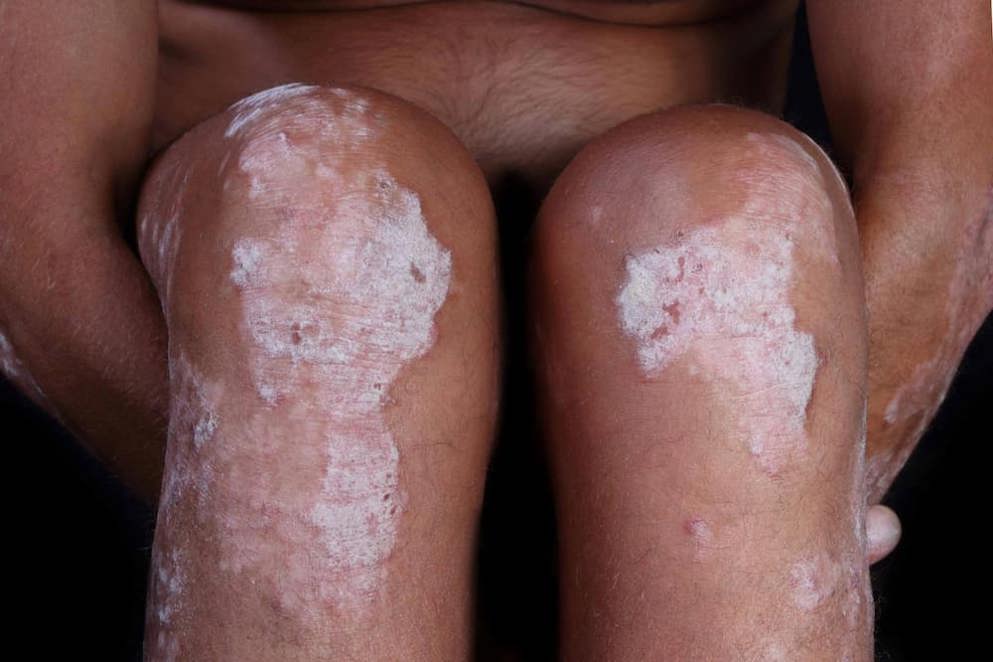Successful Phase III IXORA-S study finds Taltz (ixekizumab) superior to Stelara (ustekinumab) in treatment of Psoriasis.-Eli Lilly
Eli Lilly and Company has announced that patients with moderate-to-severe plaque psoriasis treated with Taltz (ixekizumab) demonstrated superior efficacy at 24 weeks compared to patients treated with Stelara (ustekinumab). Detailed results from the IXORA-S study were presented during the American Academy of Dermatology (AAD) Annual Meeting.
At 24 weeks, patients treated with Taltz achieved significantly higher response rates compared to patients treated with Stelara, including 83 percent of patients who achieved Psoriasis Area Severity Index (PASI) 90—the study's primary endpoint—compared to 59 percent of patients who achieved PASI 90 after treatment with Stelara. In the IXORA-S study, patients were randomized to receive either Stelara (45 mg or 90 mg weight-based dosing per label) or Taltz (80 mg every two weeks for 12 weeks followed by 80 mg every four weeks), following a 160-mg starting dose, for a total of 52 weeks. This study also evaluated PASI 75, PASI 100 and static Physician's Global Assessment score (sPGA) 0 or 1 with at least a two-point improvement from baseline. PASI measures the extent and severity of psoriasis by assessing average redness, thickness and scaliness of skin lesions (each graded on a zero to four scale), weighted by the body surface area of involved skin. The sPGA is the physician's assessment of severity of a patient's psoriasis lesions overall at a specific point in time and is a required measure the FDA uses to evaluate effectiveness.
At 24 weeks, patients treated with Taltz achieved significantly higher response rates compared to patients treated with Stelara, as demonstrated by the following: •91.2 percent of patients treated with Taltz achieved PASI 75 compared to 81.9 percent of patients treated with Stelara (p=0.015); •83.1 percent of patients treated with Taltz achieved PASI 90 compared to 59.0 percent of patients treated with Stelara (p < 0.001); •49.3 percent of patients treated with Taltz achieved PASI 100 compared to 23.5 percent of patients treated with Stelara (p=0.001). Additionally, 86.6 percent of patients treated with Taltz achieved sPGA 0 or 1 compared to 69.3 percent of patients treated with Stelara after 24 weeks (p < 0.001). The majority of treatment-emergent adverse events were mild or moderate. There were no statistically significant differences between treatment groups in overall treatment-emergent adverse events. The safety profile for Taltz was consistent with previous clinical trials.
Comment: Results from Phase III trials evaluating Taltz for the treatment of active psoriatic arthritis are expected to be presented later this year. Taltz is also in Phase III trials for the treatment of axial spondyloarthritis.

